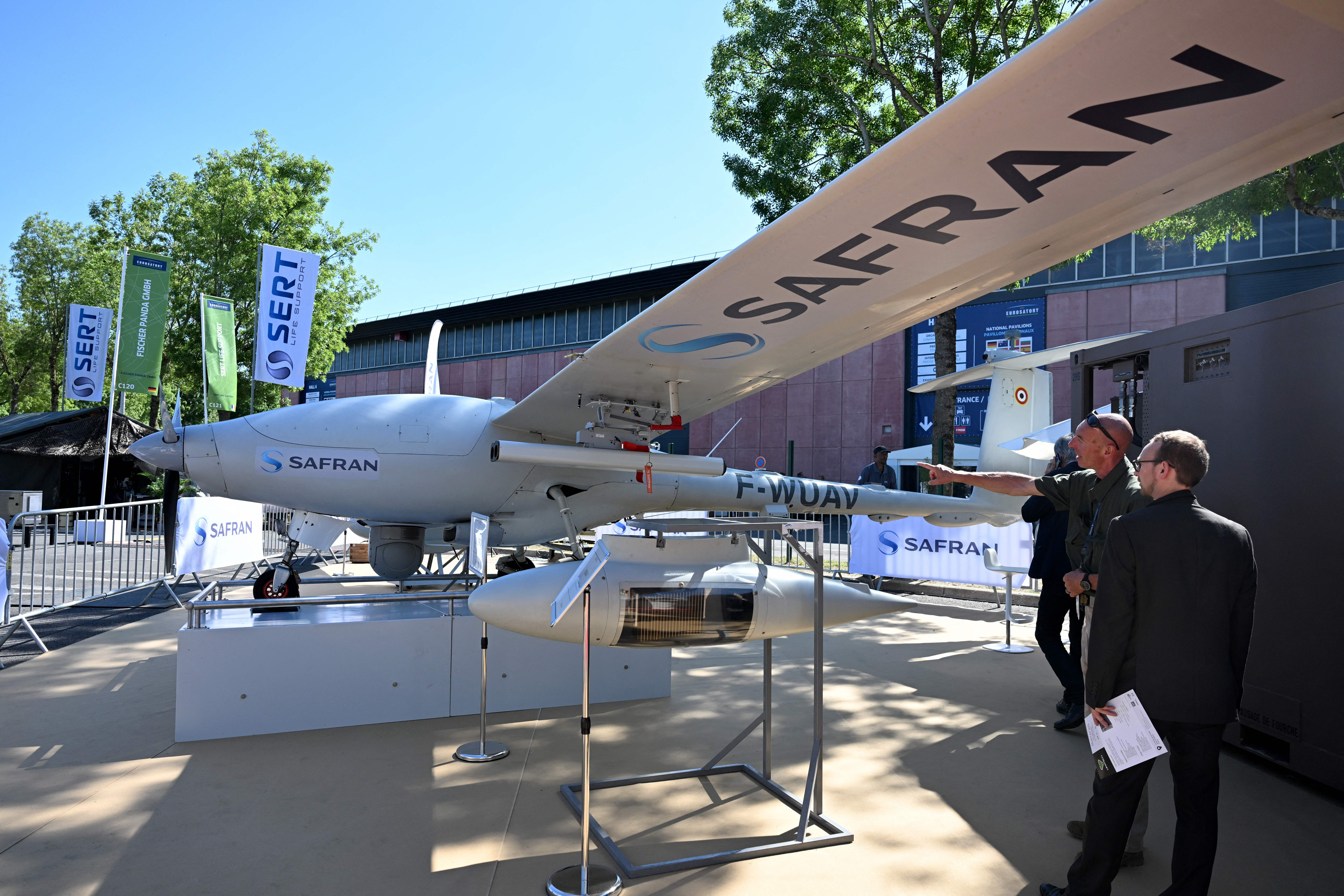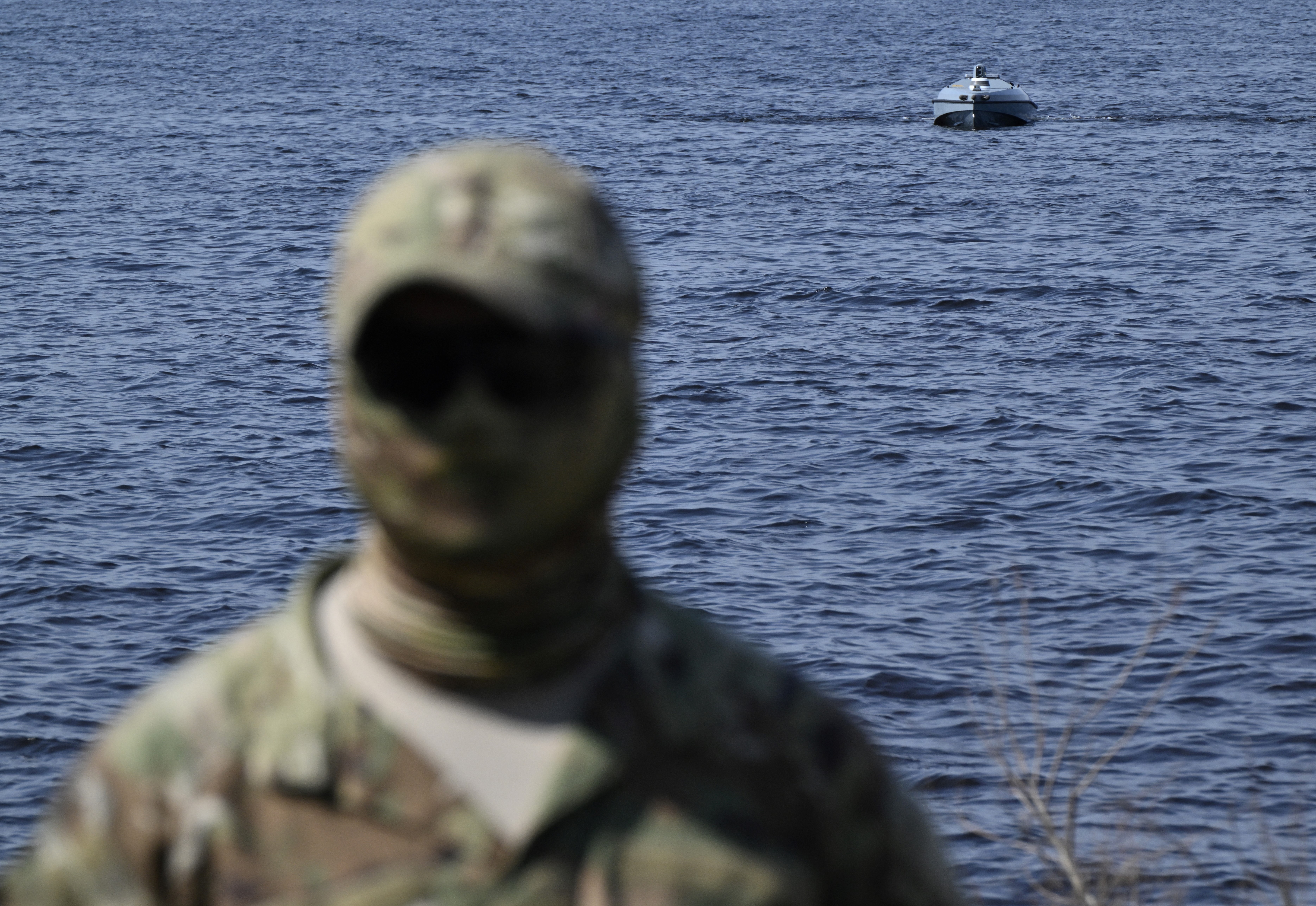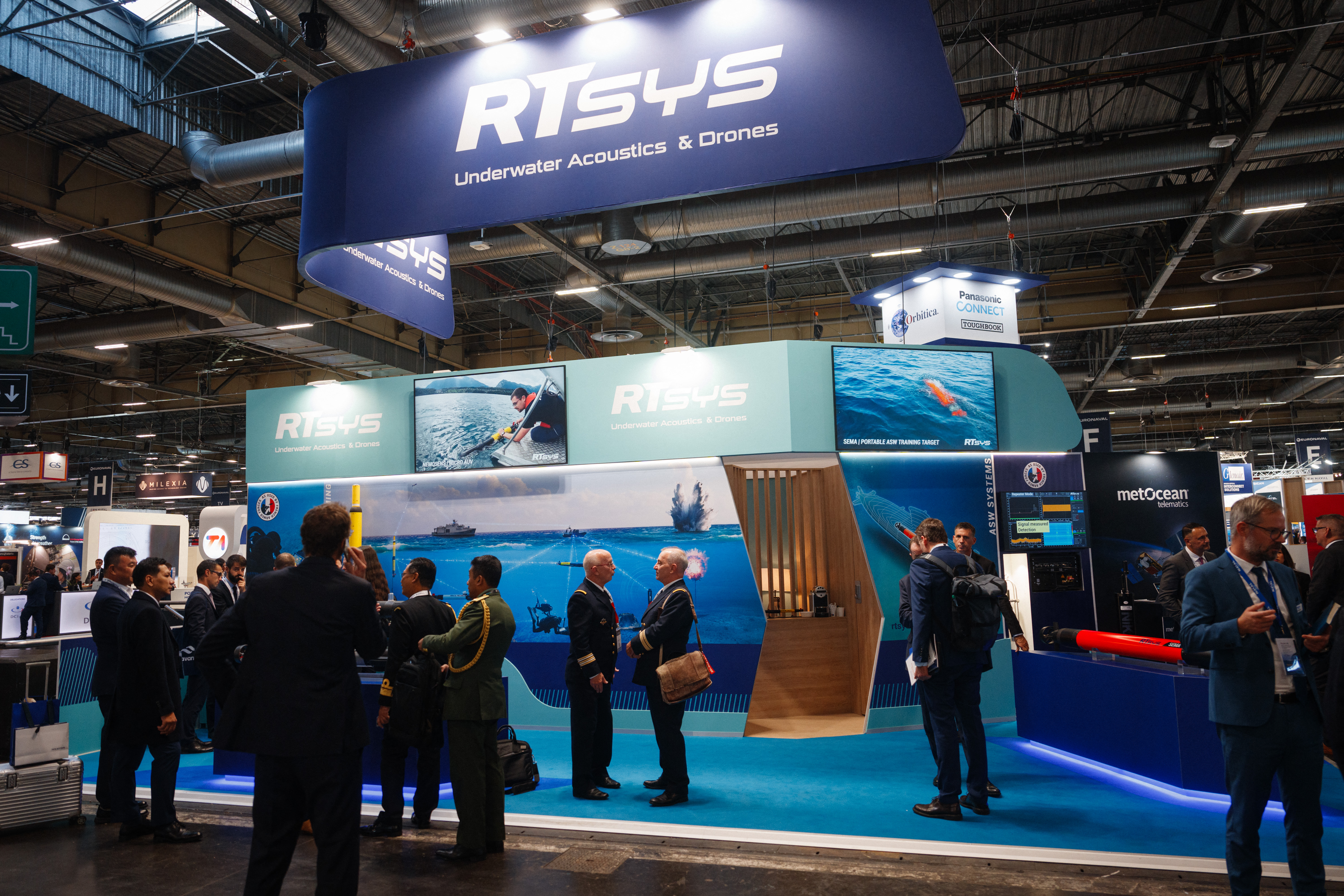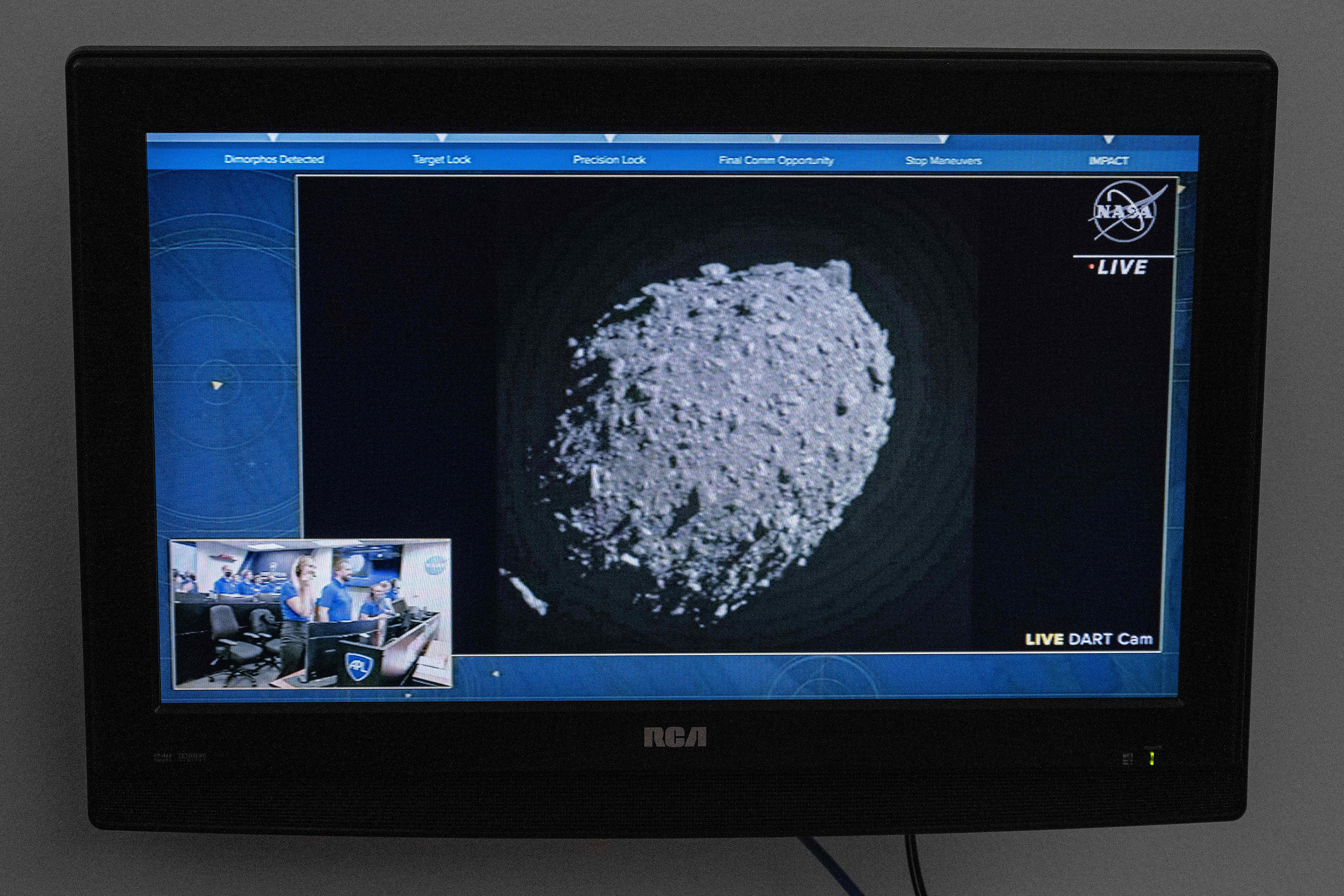[ad_1]

French technology company Safran is significantly expanding its defense and space business in the United States, including investments in manufacturing across several states.
Newly branded Safran Defense & Space Inc. will focus on bringing its high-tech solutions in satellite propulsion and communication, geospatial artificial intelligence and GPS-denied navigation to the U.S. in a more robust way, Joe Bogosian, Safran president and CEO, told Defense News in a recent interview.
Safran is also well known for its best-selling commercial jet engine it developed in a joint venture with General Electric.
While the company’s technology has been integrated into many U.S.-based weapon systems, such as the commander’s site on the Army’s new M10 Booker armored fighting vehicle, Bogosian said, the U.S. expansion will enable even better collaboration with the U.S. military and defense industry and foster continued innovation with American engineers and developers.
“I think it meshes well with kind of a new thinking in the U.S.,” Bogosian said.
“What is the best available technology or the asymmetric warfare to give our guys an unfair advantage? If that unfair advantage comes with a technology that’s five years ahead of its time compared to anything else in the U.S. and just happens to come from France, we can bring it from France,” he said, “and we can put it here and put further design, further engineering and manufacturing, all in the U.S. and you start to morph that technology into a U.S. variety.”
The company will soon open its new headquarters in Arlington, Virginia. Colocated at the headquarters will be the company’s new geospatial artificial intelligence business grown from a recently purchased French AI company with the ability to crunch a massive amount of data very quickly.
The newly acquired technology surprised everyone in the room during a demonstration for Special Operations Command in Florida meant to show how the technology can rapidly count cars and boats in an area. It suddenly flagged the presence of a Russian MiG fighter jet, according to Bogosian. The system was not mistaken; it turned out there was a MiG on display outside of an aviation museum in Miami.
Expansions to current Safran facilities include its electro-optics and infrared systems facility in Bedford, New Hampshire, and the Safran Federal Systems facility for Assured Positioning, Navigation and Timing in Rochester, New York.
The company is also setting up its newest facility for small satellite propulsion in Denver, Colorado. Once established, Bogosian sees the potential for expansion beyond producing plasma propulsion systems for satellites to include other capabilities, such as Safran’s Hemispherical Resonator Gyroscope, which has been tested by the U.S. military.
“We feel the demand for HRG is going to double, and so clearly, it just opens the door for another capability to be brought into the U.S.,” he said.
Additional investment will be made in testing and telemetry operations in Norcross, Georgia.
Jen Judson is an award-winning journalist covering land warfare for Defense News. She has also worked for Politico and Inside Defense. She holds a Master of Science degree in journalism from Boston University and a Bachelor of Arts degree from Kenyon College.
[ad_2]
Source link






